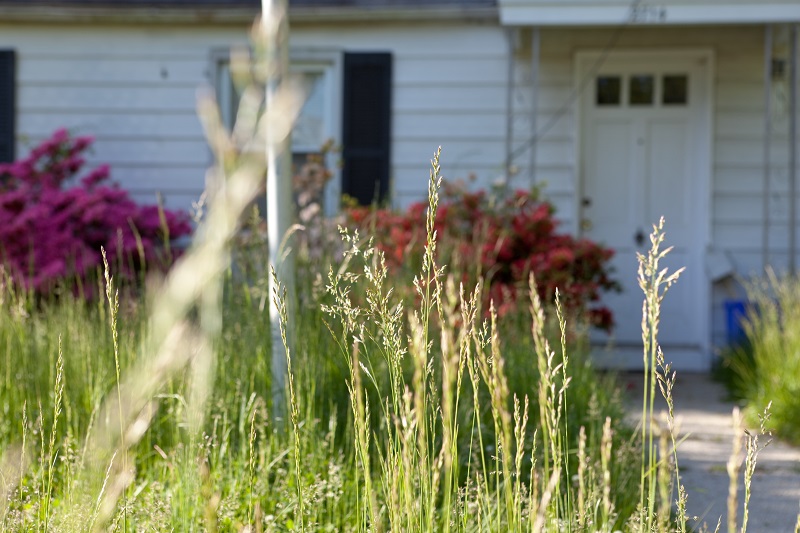House Flipping: Foreclosures Still High In Half Of US Markets

Foreclosures may still be far higher in America than many realize. That could mean far more appealing opportunities for house flipping across America than many thought were left.
While the news media might give the impression that the crises of 2008 are long gone, and finding deals may be tough, the data shows there is a lot more to the story. It is true that the overall real estate market in America appears to be healthier, growing, and appealing. It is also true that there are mountains and acres of distressed properties which haven’t yet been absorbed by the market.
Half Of US Markets Still Have Above Average Foreclosure Rates
According to the World Property Journal and ATTOM Data, as of March 2017 only 47% of American Metropolitan Statistical Areas (MSAs) had foreclosure activity below pre-crisis levels. In the first quarter of 2017 alone there were over 234,500 foreclosure actions taken.
Those markets that have seen foreclosures drop below pre-recession levels include:
- Los Angeles
- Dallas
- Houston
- Miami
- Atlanta
- San Francisco
- Phoenix
- Detroit
- Seattle
Markets which have higher foreclosure rates than before the recession include:
- New York City
- Chicago
- Philadelphia
- Washington DC
- Boston
- Baltimore
- Virginia Beach
- New Orleans
Where foreclosures rose in March 2017:
- District of Columbia
- New Jersey
- Oklahoma
- Louisiana
- Connecticut
- Arizona
7 other states also saw foreclosures rising last month. Some of this activity may be new foreclosure filings, others may be the result of lingering shadow inventory.
The Good News
The availability of distressed properties and motivated sellers in the market may be seen as good news for some. However, there are other positive data points which really are good news for all.
Home sales have been setting new records in 2017. That has helped bolster prices and values too. CoreLogic says that by the beginning of the year 93.8% of all mortgage properties had some positive equity. In all this activity added almost $800B in wealth to American property owners in 2016. Still, homeowners in Alaska, Iowa, North Dakota, and Delaware saw property values stay flat or lose an average of $3k. Zillow predicts some markets, including San Francisco, CA and Baltimore, MD will peak and begin seeing home values decline into 2018.
Interest rates and home prices are heading up too. That’s great for private lenders and house flippers, but it may present some affordability and leverage challenges for some retail buyers. Fortunately, according to NAR, we are also seeing a sizable rebound in Gen. X buyers whose incomes and credit scores are finally bouncing back after the crisis. More buyers, means increased demand for housing, and that will in turn push up transaction volumes and values.
Real Estate Investment Strategies for 2017
There are a variety of real estate investment strategies to choose from. Remember that the best choice is the one which serves your individual goals best. Though there can be wisdom in engaging in more than one strategy at a time too.
This year looks good for private lenders seeking high yields and passive income, as well as rental property investors who can find value in markets with good outlooks for rental price appreciation. House flippers will benefit from demand and excess capital. Though it is going to be crucial to be able to execute rehabs quickly before markets change. Wholesalers may have the easiest time as distressed properties remain plentiful and the retail market stays strong in most cities. Even where there may be some signs of softness, wholesalers are nimble enough to get in and out without being stuck with any dead weight.
Summary
The overall housing market may be healthy. Still, those with access to the right data will also find far more investment opportunities than most realize exist. Choose your markets wisely, know your local market dynamics and trends, and select the optimal strategy for you, and this could be one of your best years yet.
